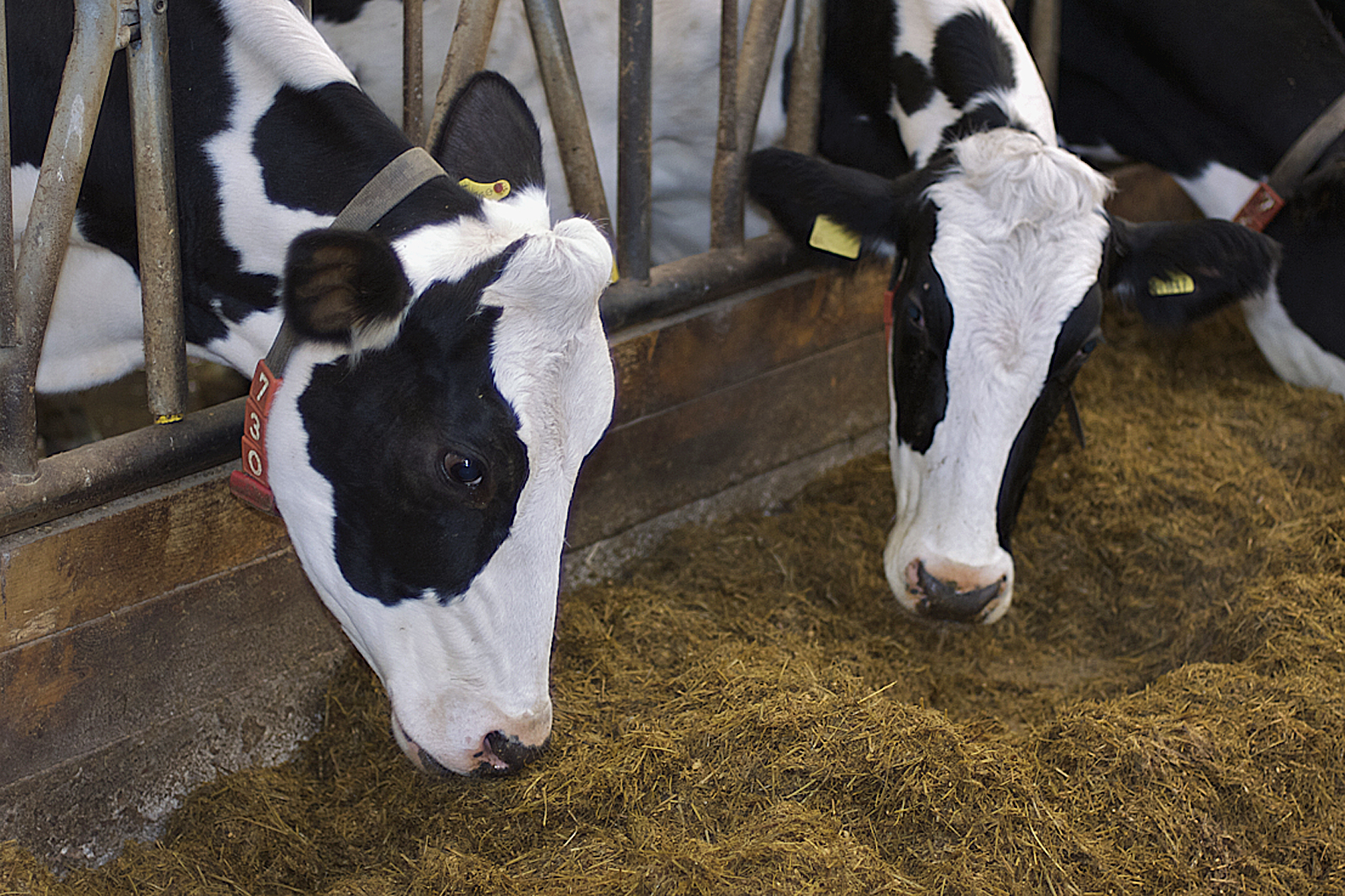While nutritionists and dairy farmers put significant emphasis on dry matter intake, protein, fiber, fat, and energy demands; additives could be significant to improve milk production, reproduction and herd health.
Supplementing additives to milk rations present several challenges. You can get more information about the dairy cow buffers via https://www.feedworks.com.au/product/ruminants/acid-buf-3/.

Image Source: Google
Effects of buffers
The milk cow has an intricate acid-base regulatory system using all the rumen varying in pH from 5.5 to 6.9. A buffer is a composite of a weak acid and its salt that resists changes in pH or hydrogen ion concentration.
A perfect rumen buffer ought to mix up hydrogen ions near the desirable rumen pH. An alkalinizing or neutralizing product raises the pH in the rumen liquid.
Several products could be integrated into buffer packs. Recommended levels have to be fed to get an impact from the rumen.
-Sodium sesquicarbonate includes a combination of sodium carbonate (alkalinize) and sodium bicarbonate (buffer). Research results indicate it's an effective buffering agent.
-Magnesium oxide is a supply of calcium (54 percent by weight) and acts within an alkalinize. Solubility and particle size may influence rumen activity.
-Sodium bentonite is a clay mineral used as a pellet binding representative. It may swell from the rumen, alter rates of passing, and adsorb minerals. It doesn't have the streaming capability.
-Potassium carbonate is a powerful buffering agent that also supplies added potassium required under heat stress conditions. Research outcomes are restricted, but positive.